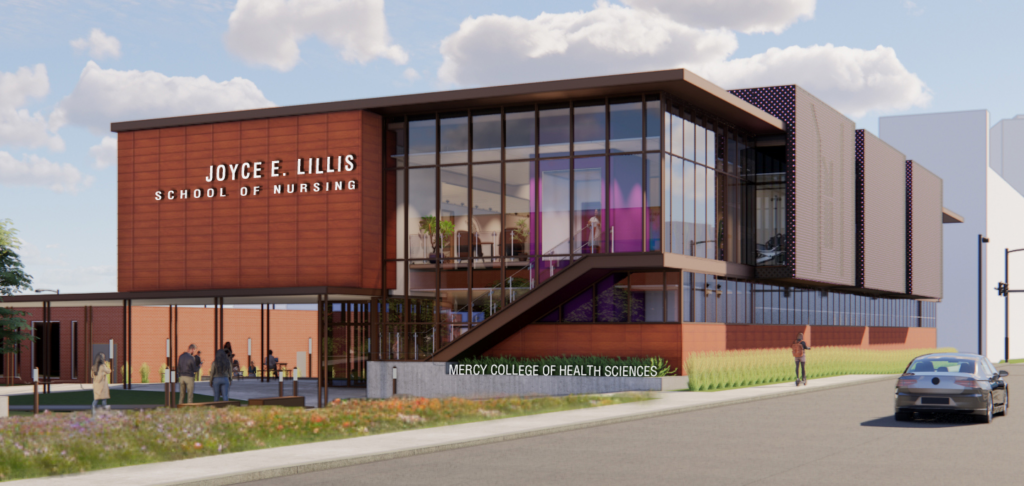More than Design-Bid-Build: Alternative Construction Delivery Methods

Business Record Staff Oct 12, 2017 | 11:00 am
3 min read time
802 wordsBusiness Insights Blog, ConstructionBY MIKE TOUSLEY, Executive Vice President & General Manager, The Weitz Company
In the construction industry, there are more ways to build a project than the traditional design-bid-build delivery method, in which projects are awarded to the lowest bidder. Projects carried out in this way do not always result in the most time and money saved or with the highest level of quality workmanship in the final product.
In this post, Andy Gardner, our Preconstruction Director, joins me in defining alternative project delivery methods and how these methods affect construction projects.
Traditional versus alternative
The traditional project method stems from a competitive process in which contractors take a completed set of construction documents and provide a cost for construction, according to bids received from subcontractors for the different building elements. More often than not, the lowest responsible bidder wins. This is the traditional method with most public entities, though private groups will often use alternative project delivery methods.
We prefer alternative delivery methods because the selection of the contractor is based on more qualifications than solely being the lowest bidder on the project. The size of the project, and a company’s relevant project experience, the experience of its staff and its safety record are just a few of the additional decision-making factors when using project delivery methods alternative to traditional design-bid-build.
We are very selective when deciding to pursue a project that will be awarded solely on being the lowest cost. Because this delivery method is based on having the lowest price on bid day, this delivery method has a history of being more litigious than other methods.
Alternative methods have their advantages and disadvantages, though they are preferred by private entities because of the chemistry established between the parties involved and the team-like atmosphere to work toward a common solution.
Through alternative delivery methods, we are able to meet with a customer early in the project development process to learn the driving forces behind their project and educate them on their project delivery options, so they can pick the one that is most appropriate for them and their business. In the end, we typically save the customer time and money because of the collaboration amongst all team members toward meeting the client’s goals.
Often, these methods use a process of proposal submission (which can include a qualifications proposal in addition to a pricing proposal) and an interview conducted by the customer with the proposed project team.
Weighing the pros and cons
Andy Gardner: To give a rundown, here are some of the various alternative project delivery methods and the advantages and disadvantages associated with them:
- Design-Build delivery: During the beginning stages of the project, a construction company delivers the project as the design builder. Under its contractual obligation, the contractor is responsible for the design and the construction. This is advantageous for the client because it means a single source is handling those aspects. It also means more control over the cost of the design of the project.
- Construction Manager at-Risk delivery: The construction company is selected based on being the best value and has assumed the financial risk for the project by holding contracts with all subcontractors for the various scopes of work. The company works with the customer to create a project based on the goals they want through a collaborative process.
- Construction Manager Agency: This method is very similar to the above except the construction company doesn’t hold any of the subcontracts; they are managing the contracts as the agent of the owner and managing the construction process on behalf of them. Construction management in Iowa is considered a professional service and can be procured in a number of different ways.
- Public-Private Partnership (P3): This method involves a contract between a public entity and a private party, where the private party assumes the financial, technical and operational risk for the project. P3 will likely gain more traction as public entities no longer have the bonding capacity to pay for new infrastructure.
- Integrated Project Delivery (IPD): The major stakeholders in the job have their respective fees and risks and identify those in the contract, as well as the profit they want to receive. Everyone’s fee is part of a large pool of money, so the risk is allocated to all parties involved in the project and the fee earned is based on overall team success.
Gardner continues: There are a few distinct differences in each of the methods, but all have the same goal: to cover the entire scope of work as defined by the customer and to produce a product that produces the best value to the customer by balancing cost, schedule and quality goals.
Contact us if you’d like to learn more about alternative construction delivery methods:
Andy Gardner, Preconstruction Director
Andrew.gardner@weitz.com
 |
Mike Tousley View Bio |











